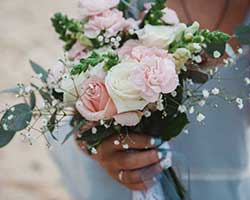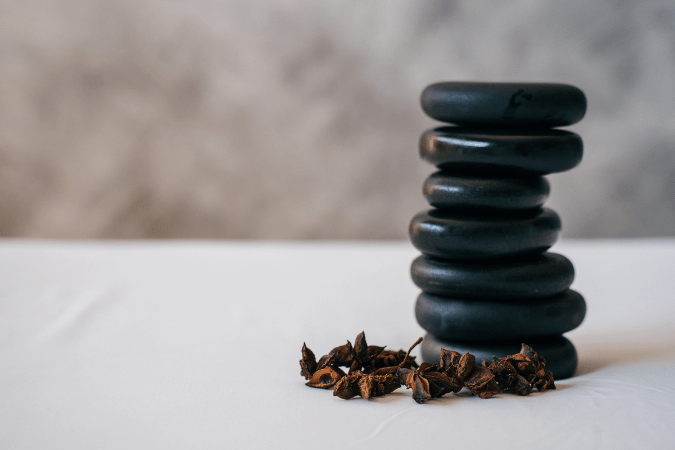The New York Institute of Art and Design offers online floral design classes and because we do, we like to provide free tips for image consultants. Enjoy!

Whether you work weddings and events or you simply have a passion for creative decor, floral design is a great niche skill to add to your resume set. If you’re interested in becoming a professional floral designer, here are some tools you should stock your workplace with before you get started:
- Band-Aids: When working with fine gauge wire or plants that have thorns, you run the risk of pricking your fingers from time to time.
- Clippers: Most floral designers use ARS clippers, but it’s important for you to pick a style that you feel comfortable with, and one made to accommodate whether you are left or right-handed.
- Coated Chicken Wire: This helps provide the proper structural support for branches and stems.
- Fine Gauge Wire: You’ll use this if you are ever wiring flowers to a headpiece for someone to wear, or to piece together a decorative floral garland.
- Floral Putty: This is used when you need to adhere things to the vase your florals are being displayed in.
- Floral Tape: This can be used to gently wrap a handful of stems together.
- Paper-Covered Bindwire: This wire can either be used to hang a decorative floral garland, or to bind a group of stems together.
- Pin frogs: If you’re using a shallow vessel to hold your floral bouquet, this is a foam base you can use to secure the flowers inside.
- Ramie Covered Rustic Wire: This is used for creating frames for floral headpieces and small wreaths.
- Rubber bands: These are another tool you could easily use to bind stems.
- Scissors: These actually shouldn’t be used to cut the flowers themselves. You can use them for cutting other display supplies however, like ribbon or cardstock. .
- Straight Pins: You’ll use these if you’re making boutonnieres for your clients.
- Swiss Army Knife: This will be used to remove thorns, open packaging or to give your flower stems a clean cut.
- Water Tubes: You’ll need these in order to keep short stems hydrated.
- Wired Picks: You’ll use these as a way to extend and secure floral (or decorative non-floral) elements in your arrangement.
Want to learn more? The New York Institute of Art and Design offers an online floral design course that can teach you how to become a floral designer. Request your free course catalog today!







